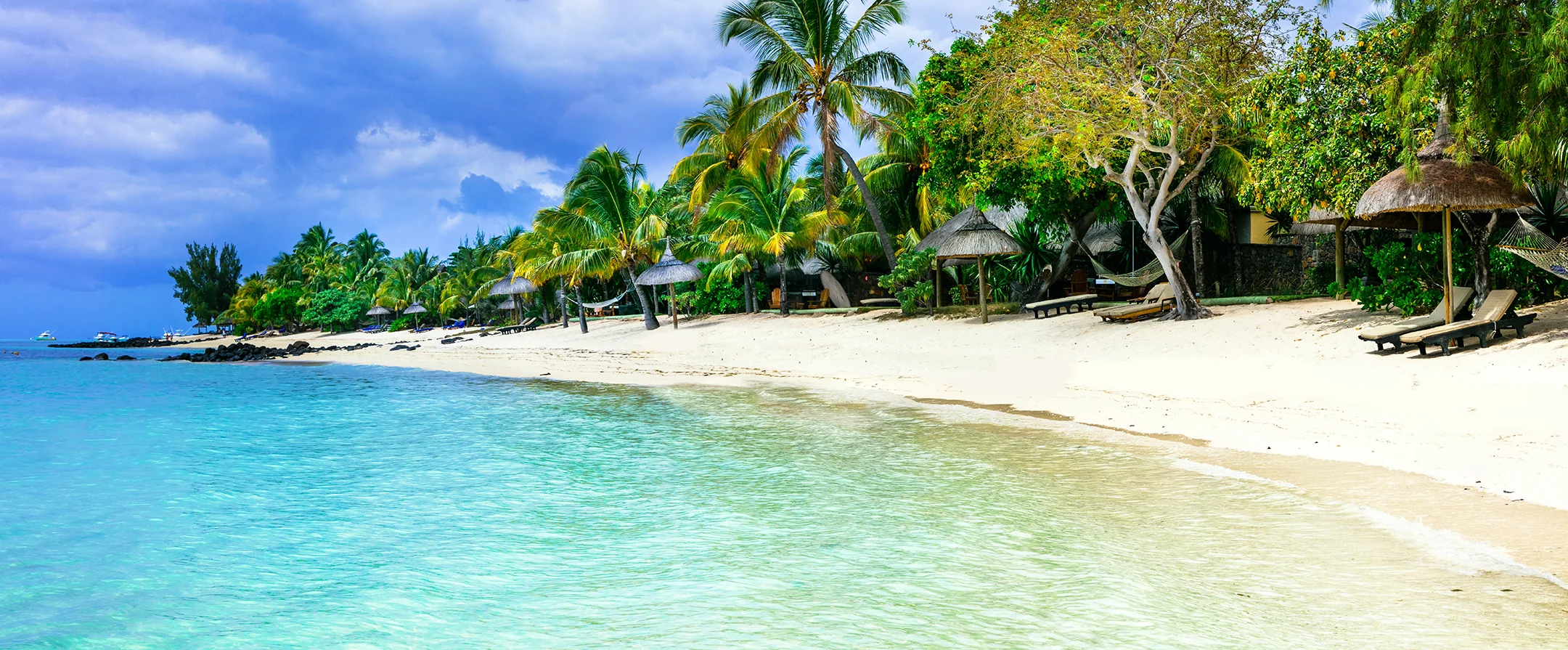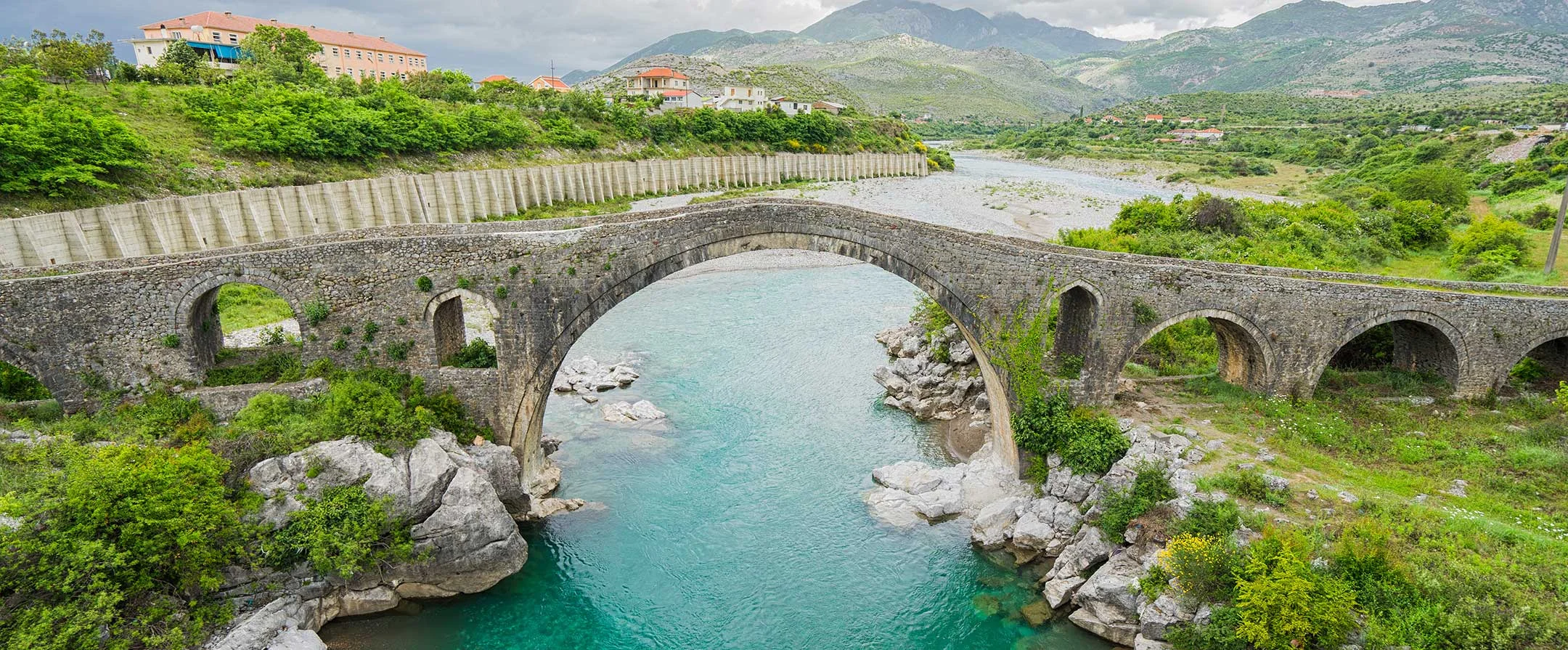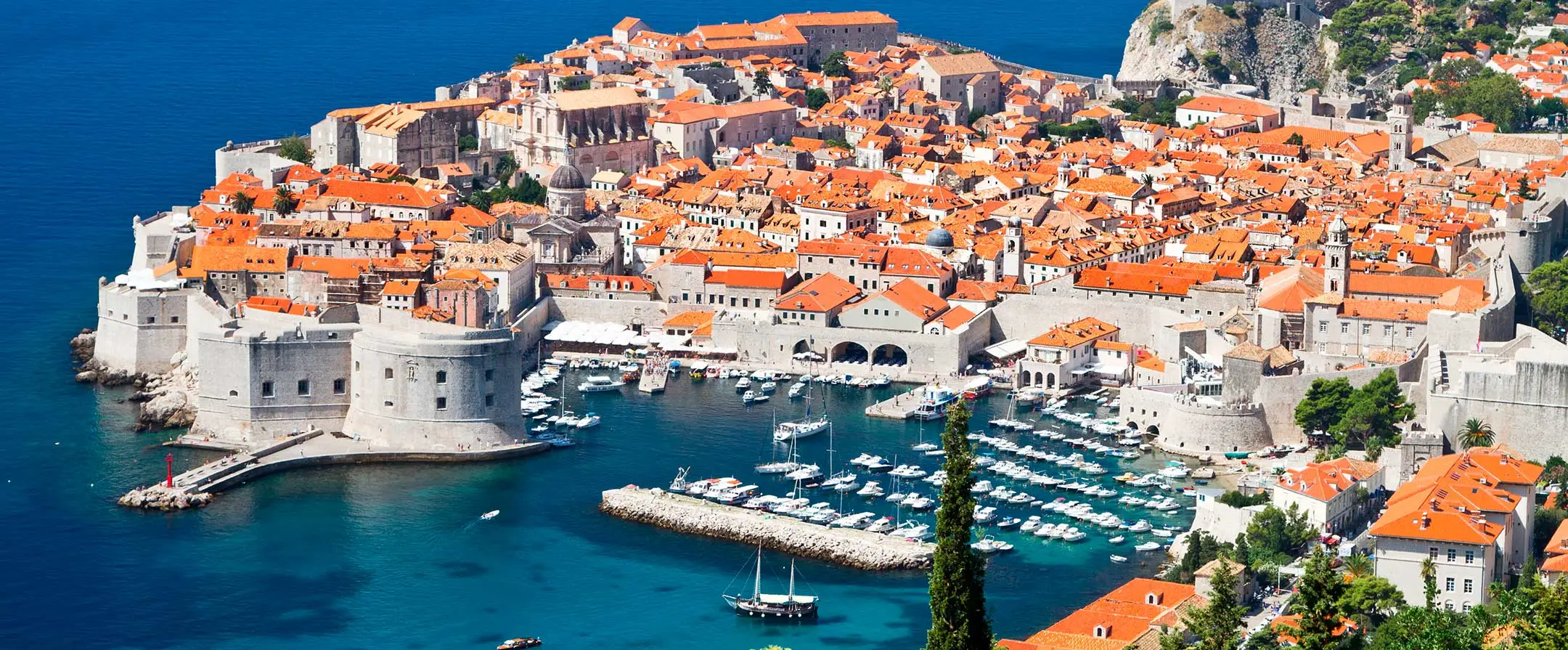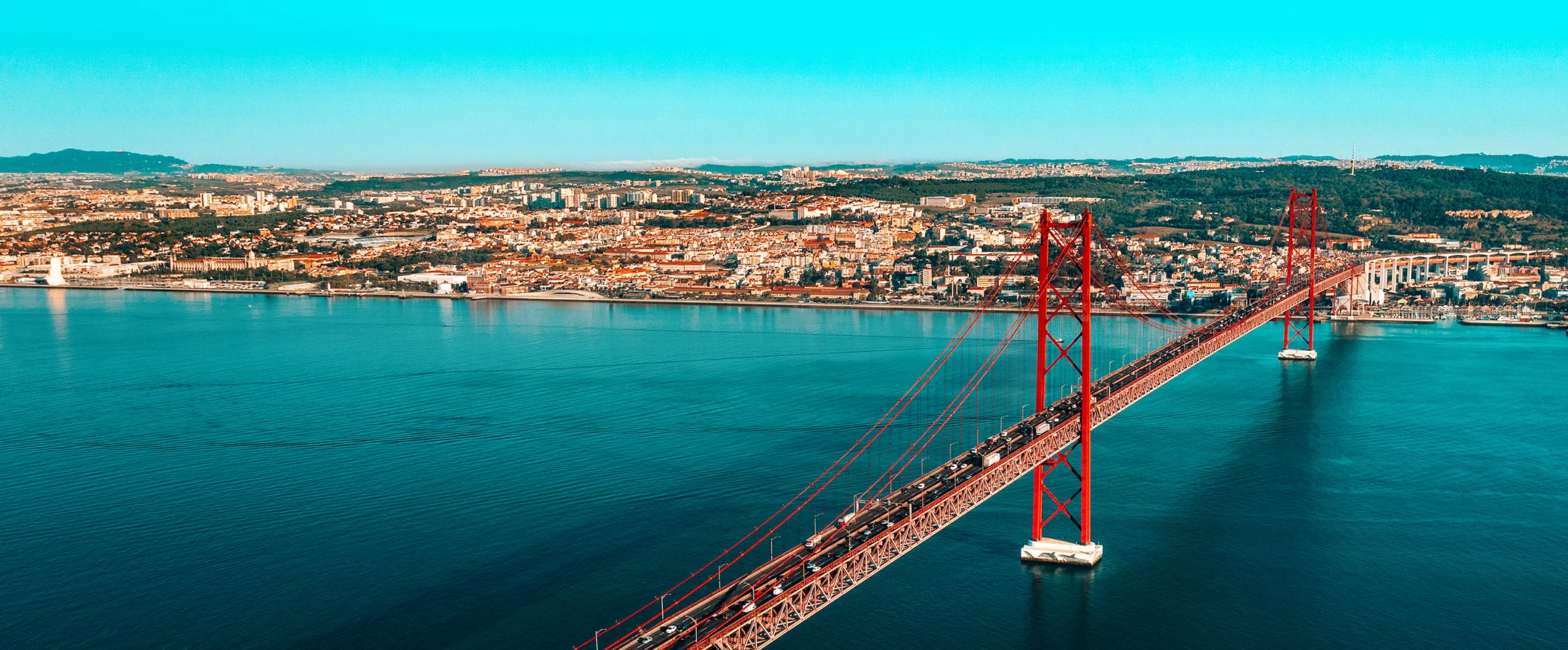Project Description
If you want to fully enjoy the diversity of landscapes in Montenegro, then you need to rent a car and start on a journey over this small homey country. You will not have to waste your time to change buses. You can visit all the landmarks, see any towns and villages, and explore the Montenegrin way of life. Economy car rental cost in summer is from €30 to €50 per day, including insurance. In winter, the same vehicle will cost from €10 to €40 per day.
You must proceed with caution on mountain roads where you can encounter pieces of rock. When travelling through the countryside, watch out for cattle to avoid collisions.
The average cost of a one-day car rental. The number is calculated based on the bookings of the previous three years. It takes into account the rental of cars across all classes.
To hire a vehicle in Montenegro, you’ll need your foreign passport and driving license. The driver must be over 22 years old and have at least 2 years of driving experience. You may have to pay a deposit from €50 to €300. If you decide to leave the territory of Montenegro in your hire car, you must inform your rental agent first. You’ll be provided with the green card international insurance.
There are no long toll roads in Montenegro, except for the Sozina Tunnel. Connecting the coast and Podgorica, it runs from the town of Sutomore through Sozina Mountain to the village of Virpazar near Lake Skadar. The amount of the fee is €2.50. Another toll section is on the road running from Herceg Novi to Trebinje, Bosnia and Herzegovina. The amount of one-way toll is €3 there.
Peoples used to pay environmental tax at border crossings of the country. But this “eco-tax” was abolished in 2012.
Car rental cost in Montenegro includes:
- Theft Protection (TP)
- Third-Party Liability Insurance (TPL)
- Equipment kit (first aid kit, emergency warning triangle, high-visibility vest, etc.)
- Winter accessories from November to March (winter tyres and snow chains)
- VAT
- Airport tax.
Basic insurance and Collision Damage Waiver (CDW) do not cover damages to wheels, windshield, undercarriage or interior. All these damages are usually covered by Super Collision Damage Waiver (SCDW).
The occupancy rate of the car rental fleets by month. For example, most cars are being rented in August, which means that this month has the smallest amount of available vehicles. The higher the percentage of the car fleet workload, the earlier it is worth booking a car to choosing the best option at the best price.
Filling stations in Montenegro offer diesel, petrol 98 and 95. They sell only unleaded gasoline. You can transport petrol in a portable fuel container in your vehicle, but it is not necessary in Montenegro. There are petrol stations every 20 to 70 kilometres.
The rental agreement stipulates that the vehicle must be returned with the same level of fuel you picked it up with.
You can fill up your hire car at any filling station as the fuel quality is good everywhere. If we start nit-picking, then we recommend that you avoid the EKO Petrol stations.
All filling stations have personnel that will help you fill up the vehicle. Just tell the attendant the fuel type and quantity in litres or the amount you want to spend. You can also say “full”, and the attendant will fill the full tank till nozzle shut-off.
Stay near the car until the attendant finishes filling up and the meter shows the final cost. You can pay either to the attendant in cash or at the cashier’s desk.
All fuel stations in the country accept payments by Visa и MasterCard.
In Montenegro, fuel stations are located every 20-70km. They sell unleaded petrol (Eurosuper 95 and 98), diesel (Eurodizel), and liquefied petrol gas (Autogas).
Fuel costs
Fuel costs as of October 2021:
- Eurosuper 95 – €1.39
- Eurosuper 98 – €1.43
- Eurodizel – €1.24
Fuel costs are the same across the country.
It is allowed to transport petrol in portable fuel containers in Montenegro. However, you will hardly ever need it.
Large network filling stations often have a small cafe or store, car wash and tyre pressure pump.
How to fill up
The fill-up process is straightforward in Montenegro: you drive up to a fuel dispenser, open the fuel door, and tell the attendant the fuel type and amount (or cost) you need. If you need the full take, say “full”. The attendant will do everything, and you just need to pay.
Wait until the car is filled up to the required level, check the cost at the meter, and then pay. You can pay in cash to the attendant or pay by card at the cash desk. They accept card payments without problems.
Fuel quality
Local motorists advise filling up at Petrol and Lukoil filling stations and keep away from Eko petrol stations because their petrol often contains additives that are not well digested by German cars.
EkoPetro stations have received much negative feedback on social media. Users recommend to either fill up by yourself or wait till nozzle shut-off to avoid “underfilling”.
If you need diesel, better go to a Petrol filling station (not to be confused with Vuk Petrol). You’ll find them on your way from Budva to Kotor, in Katun Reževići, and on your way from Cetinje to Podgorica (when you leave Cetinje and enter Podgorica).
Montenegro uses European traffic regulations, but with some considerations.
- The speed limit is 30mph (50km/h) within urban areas and 50mph (80km/h) outside urban areas. The speeding fine is from €30 to €2,000
- Low beam must be on while driving day and night throughout the year. Failure to use low beam lights will result in a €30 fine
- All passengers must wear seat belts. The fine is from €40 to €100
- Vehicles within the roundabout have the right of way. The fine is from €100 to €450
- Drivers can only make or receive cell phone calls by using a hands-free system. Holding a phone to your ear for a call while driving will cost you from €60 to €150
- Children under 5 must travel in special child safety seats. Children under the age of 12 are not allowed in the front seat without a child safety seat. The fine is from €40 to €100
- The blood alcohol limit for a driver is 0.2 permille. The drink driving penalty is from €70 to €2,000 or arrest
- If a traffic light has an additional aspect, the main green light gives permission to go in all directions. This means that if the main green light is on and the right turn arrow is off, it is allowed to turn right anyway
In Montenegro, most fines may vary in a range between “from” and “to”. The maximum fine is issued to repeat driving offenders, drivers who have significantly exceeded the speed limit but “refuse to admit guilt”, in other words, behave aggressively and inadequately, use threats or offer a bribe.
When stopped by police in Montenegro, please make use of tranquillity and politeness. If you speak at least a bit of Montenegrin, it will be of help.
Say hello. Show your driver’s license and vehicle registration certificate. If you are driving a hire car, you must have your rental agreement with you.
Say hello. Show your driver’s license and vehicle registration certificate. If you are driving a hire car, you must have your rental agreement with you.
How to pay fines
In case of driving offence, the traffic officer will confiscate your driving license and issue a fine. Police officers are not allowed to collect money paid as fines so you will need to go to a bank or post office. When you come back with a payment receipt, the traffic officer will return your driving license. If it is after hours, you can pay on the next day, but then you will have to get your driver’s license back at the police station in the city where you were caught up. That is, if you stay in Bar and were stopped by police in Tivat, you’ll have to to go to the police station in Tivat to get your driver’s license back on the next day.
In case of a major motoring offence, the driver will have to visit the police magistrate in the city where the offence was committed. The magistrate will decide on the fine amount and issue two documents with the details for payment of the fine and court’s costs (about €20). You must pay them at a bank. Please note that you must complete two DIFFERENT authorities (for the fine and court’s costs) by hand in three copies.
The cashier will keep one copy for the bank, while you will keep one copy for yourself, just in case, and bring one copy to the court. After the authorities have been checked, you will get your driving license and registration back.
Is it easy to drive in Montenegro?
If you travel to Montenegro for the time, you will have many questions: What are the roads like in the country? How do the locals drive? Will I be comfortable behind the wheel?
We’ll try to give exhaustive answers. Well, driving in this country is no big deal. Distances are not far between towns and cities, and the roads are in good condition. You will never lose your way or find yourself in the middle of nowhere if you have a map or navigation with you.
There are a few things to consider:
- Locals drive aggressively but carefully and give way to pedestrians on crossings.
- Some towns have narrow streets, and the vehicles parked on both sides of road cause additional obstruction. Thus, a two-way road is only one lane wide. How to drive in narrow streets. We can only advise to proceed with caution and give way whenever possible. The good news is that other drivers will give you way, too.
- Sometimes two cars block an intersection, and the drivers are absorbed in conversation. Just honk the horn. They will drive forward and let you pass.
- Mountain roads are sometimes twisty and narrow, about one and a half lane wide. You should keep your eyes open, but there’s nothing to fear because even buses pass one another easily. The rule of thumb followed by all drivers in Montenegro is that you give way if you are in a better position to pull over. Sometimes you need to reverse to the nearest passing place to let the oncoming vehicle pass.
- There also wide mountain highways in Montenegro, with two lanes in each direction. It is very comfortable to drive on them, but there are specific principles to be observed: if you are cruising in the left lane and other drivers are honking horns in the daytime or flash high beams at night, you should move into the right lane and allow them to pass you on the left.
- Headlight flashing is used to warn oncoming traffic about police on the road ahead.
Traffic officers are not allowed to collect money paid as fines at the scene. If a foreign driver violates traffic rules, the police officer will issue a fine notice and confiscate driver’s license, international passport, and vehicle registration certificate at their own discretion. Persons charged with a motoring offence will receive a citation indicating a court date, time, and location. This state authority will determine the amount of fine to be paid. The road traffic offender is given details for payment by postal order or bank transfer. If the offender fills out the necessary forms and pays the fine immediately, the judge will return the confiscated documents on the spot.
The above bureaucratic hurdle can be bypassed. In case of a minor violation, the Montenegrin road police will eagerly meet you halfway, and chances are you will manage to “come to terms” with the traffic officer and pay only half of the fine without paperwork.
Bear in mind that if you commit a motoring offence when operating a hire car, this may create problems for you and for the rental company that provided the vehicle. In general, depending on the type of violation, the fine can vary from €40 to €2,000.
There are paid parking lots in Montenegro, but you will also find many places for free parking. You pay at the entrance if it is equipped with a barrier gate arm. Depending on the time of the day, the rate is about €1 per hour in the daytime or €4 for the whole night. There are also outdoor parking spaces on the side of the street. They are always designated with parking signs and equipped with automated parking meters. To use such parking areas, you need to pay for the parking time (no more than 2 hours), take your ticket and put it under the windshield. Before the parking session ends, you must either leave the parking facility or return to your car and extend the time by paying for another parking period.
You should know that the management of paid parking facilities does not assume responsibility for the vehicles at their parking area. However, the crime rate is low in Montenegro. That said, you shouldn’t worry about your belongings in the car.
In the coastal areas, paid parking rates are higher than in other areas. The closer to tourist attractions, the fewer the places for free parking and the higher the parking rates. But within 10-15 minutes of walk from a landmark, you can always find a place to park your vehicle free of charge. Just pay attention to permission signs. Do not leave your car where parking is prohibited, even if there are many other parked vehicles. Tow truck operators work quickly and can clear the whole street of illegally parked vehicles within a half-hour.
There are free and paid parking spaces in Montenegro. They are designated with the relevant signs and markings.
Unpaid parking is treated as illegal and is punishable by a fine.
Free parking
Free parking is available along the roadsides, in special bays, and unequipped areas. You can park your vehicle free of charge wherever it will not cause an obstruction to traffic and wherever there is no paid parking sign. Illegally parked car, e.g. causing an obstruction to traffic, may be towed. Tow truck operators work hard, especially in summer when the traffic increases.
Free parking spaces are available nearly in every town or city (with few exceptions, please see below). They are usually some distance away from the historic downtown and highly visited cultural monuments. If you don’t mind walking for 15 minutes, you can save on parking.
Paid parking
There are two types of paid parking lots in Montenegro:
- Parking spaces on the side of the street
- Car parks with boom barriers.
You’ll find on-street paid parking zones in the downtown. They are signposted with a paid parking sign, i.e. a “P” sign that specifies the time limit, parking rate, etc. The road surface is lined out, and all cars must be must be parked only within the bay markings.
There are fewer on-street parking spaces than car parks with boom gates. It is more difficult to find an empty parking spot here, and the time limit is 2 hours. The parking rate is from €0.5-2.0 per hour. You can pay at the parking meter or via SMS.
Parking facilities with boom barriers are more numerous with more available bays and no time limit. However, the parking rates are 30-50% higher.
Using car parks with a boom barrier is easy. Just drive up to the entrance gate and push the button. Take the ticket. After you take the ticket, the boom barrier will open. Enter the parking lot and park your vehicle. Keep your ticket safe because it contains the time when your parking started, and you will need it for payment. If you lose your ticket, you’ll have to pay the fine of €10 or even €30. You pay when you drive out of the car park. Drive up to the exit gate, show your ticket, and pay.
Payment for parking
There are two ways to pay for on-street parking spaces:
- Parking meter. Look around, and you will see it nearby. The parking rate is specified in the signage. Drop the necessary number of coins and remember that meters do not give change. Push the green button and take your ticket. Put the ticket under the windscreen so that the traffic warden could see it.
- SMS. If you have a local SIM card, you can quickly pay for your parking with your phone. You’ll see a panel with instructions under the “P” sign. The process is straightforward — just send your vehicle’s license plate number (without spaces) in a text message to the number specified in the signage. The one-hour rate will be charged from your phone, and you will receive a confirmation in a text message stating the expiration time. It will be in the Montenegrin language. If you want to extend the time, you should pay via SMS for one more hour after the first hour ends. Unfortunately, you can’t pay via SMS for a half-hour or fifty minutes.
Some cities have different rate zones marked with different colours in the parking signage. It is very convenient. The red zone is the most expensive, yellow zone is less costly, and the green zone is the most affordable. The closer to the downtown, the higher the parking rate.
Parking violation fines
The amount of parking fine depends on the violation and the town or city where you committed it. You can face a penalty of €15 to €150. In addition to the fine, you will pay the towing and storage costs.
Thus, you had better not violate any parking rules.
How to pay the fine and consequences of non-payment
Parking ticket under the wiper
You just need to bring the parking ticket and money to the car rental company and forget about it. The rental agent will deal with the problem.
Your car got towed
Your actions will depend on the town or city where it happened. You might be able to pay the fine on the spot and get your car back asap. Or you might need to pay the penalty charge notice (PCN) at the nearest bank or post office and come back with the cheque and PCN tear-off slip before your vehicle can be released.
If you decide to disregard this “piece of paper” tucked under the windshield wiper of your hire car and throw the ticket into the closest litter bin, you will be in for an unpleasant surprise. The PCN will be sent to the rent-a-car company in any case because public parking tickets are strictly accounted for. The company will pay the fine and send you a notice asking you to reimburse the expenses. If you ignore the request, the company will sue you. When you arrive in Montenegro next time, you’ll be met by bailiffs.
Parking rates in Montenegrin towns and cities
Budva: €1.00-2.40 per hour. There are many free parking zones, mainly on the side of the street, in special bays, etc.
Pržno, Bečići, Rafailovići, Petrovac, Sveti Stefan: mainly free parking facilities with a shortage of parking spaces in summer.
Bar: €0.50-1.00 per hour. Numerous free car parks.
Šušanj: only a few parking lots (both paid and free). Choose a hotel or guest house with a car park if you plan a vacation in Šušanj.
Tivat: €0.50-2.00 per hour.
Tivat Airport: €0.80 per hour. There are no free parking facilities at the airport, the drivers can only stop for a short time to pick up or drop off the passengers.
Kotor: €0.80-1.20 per hour. Just a few parking spaces.
Herceg Novi: €0.50-1.00 per hour. Be sure to ask if your hotel has a car parking facility when planning your vacation in Herceg Novi. The town is built on hillsides, and there’s no place to park a vehicle.
Podgorica: €0.40-0.80 per hour.
Podgorica Airport: €0.60 per hour.
This is one of the towns with different rate on-street parking zones:
- Green – €0.40 per hour.
- Yellow – €0.50 per hour.
- Red – €0.60 per hour.
There’s a free car park on the edge of town, along the sides of roads, in special bays, and in yards.



































